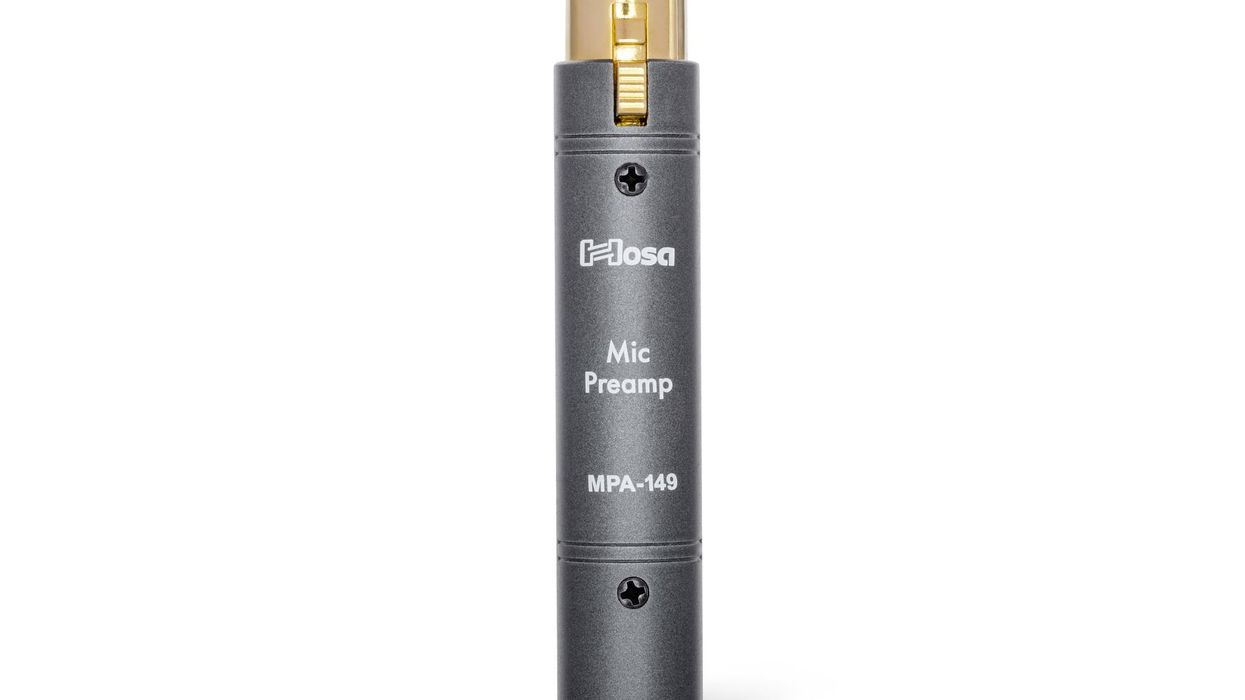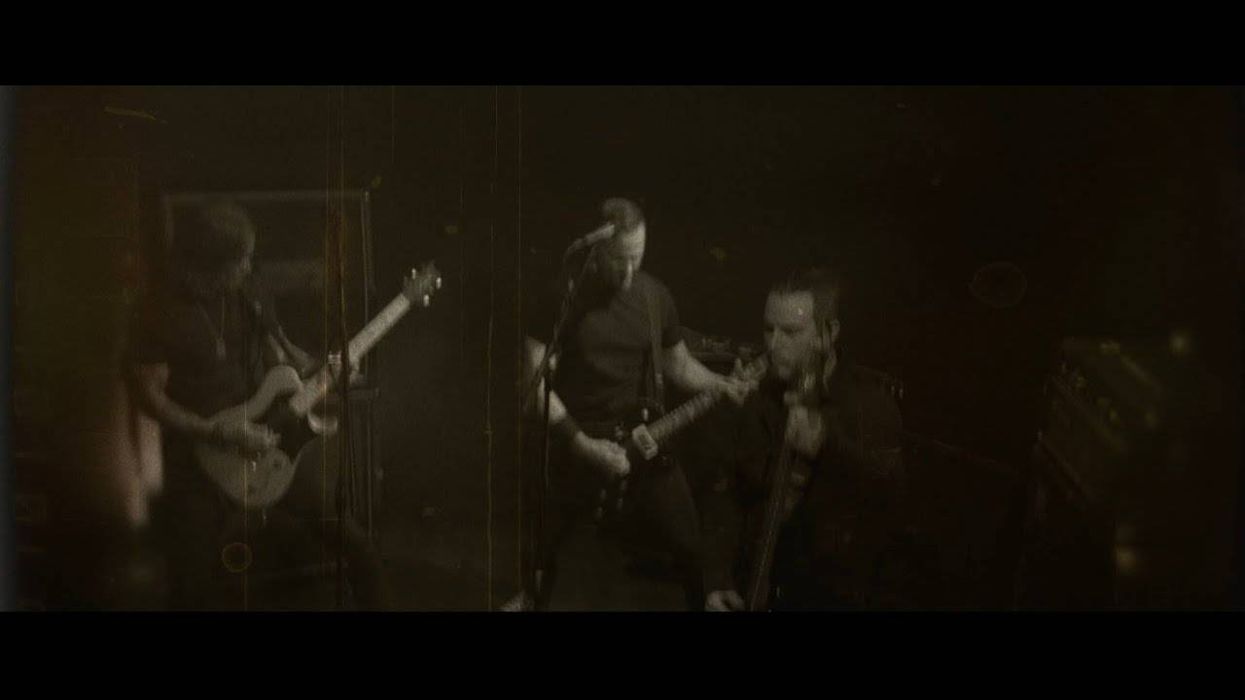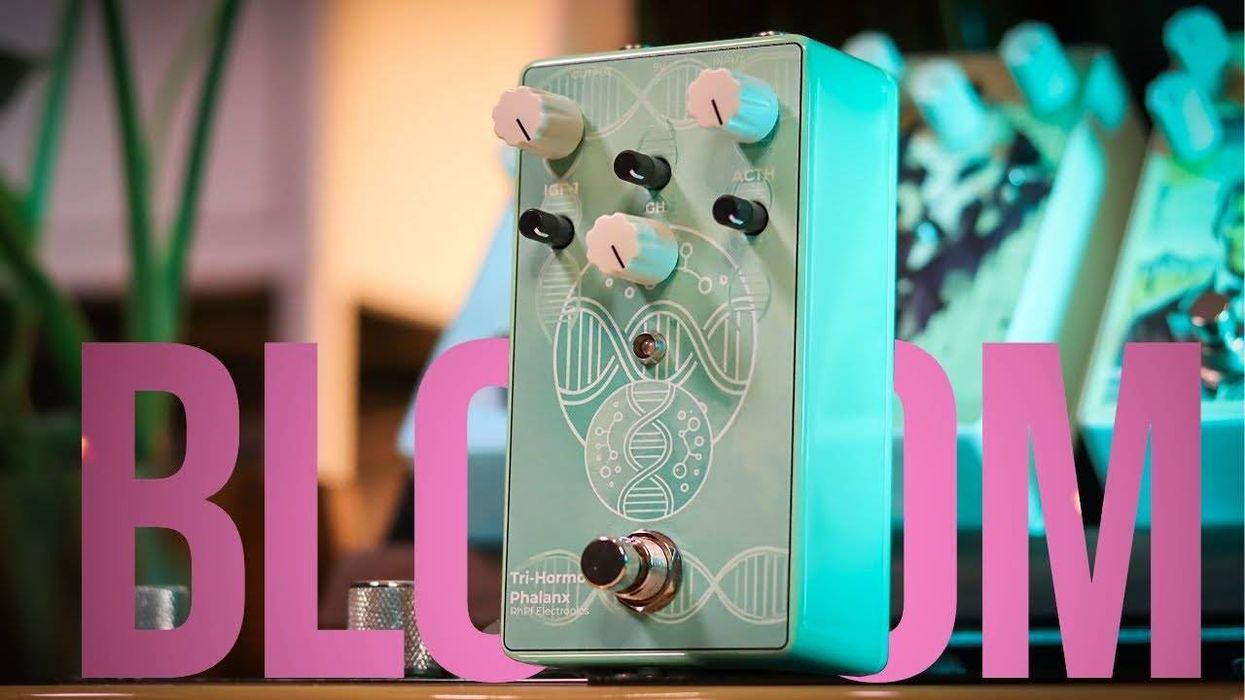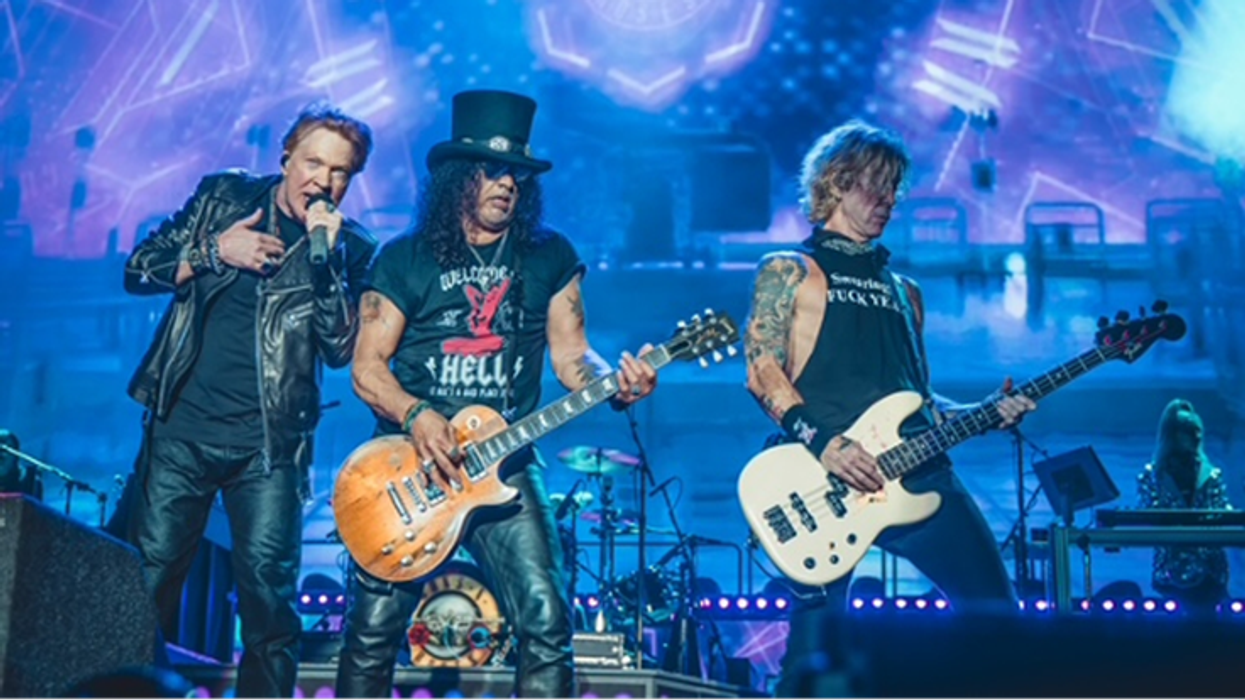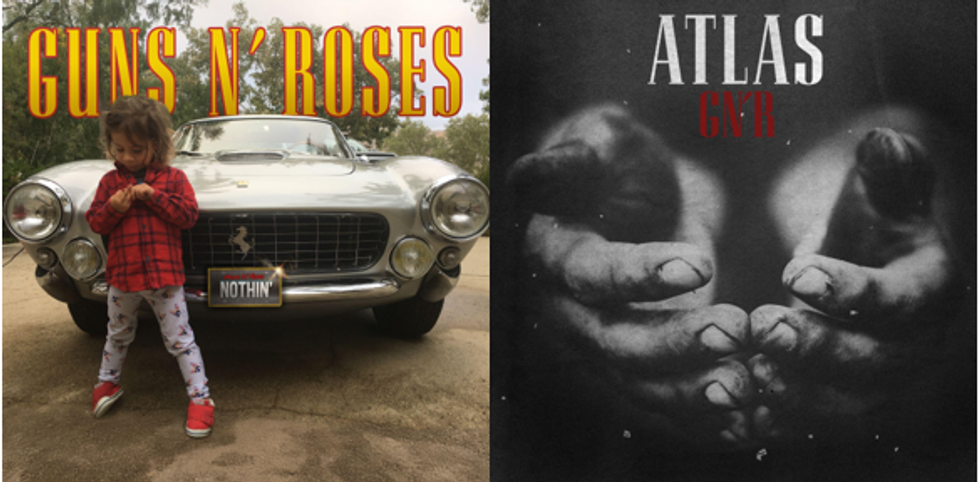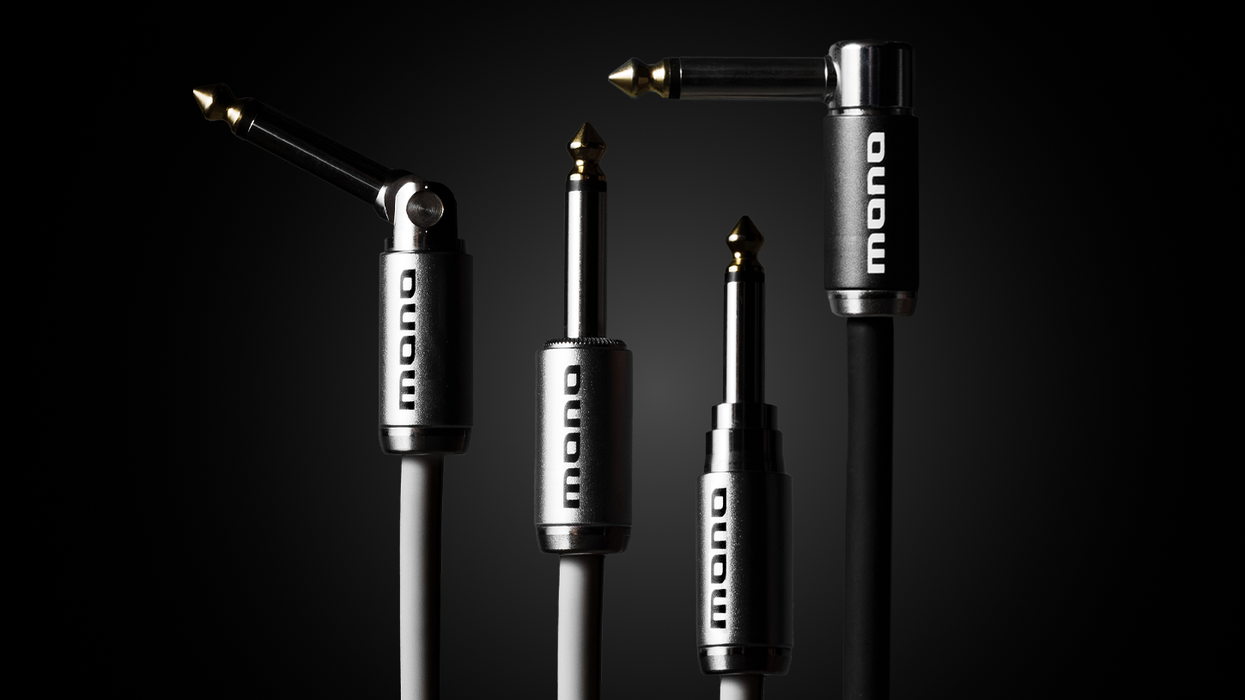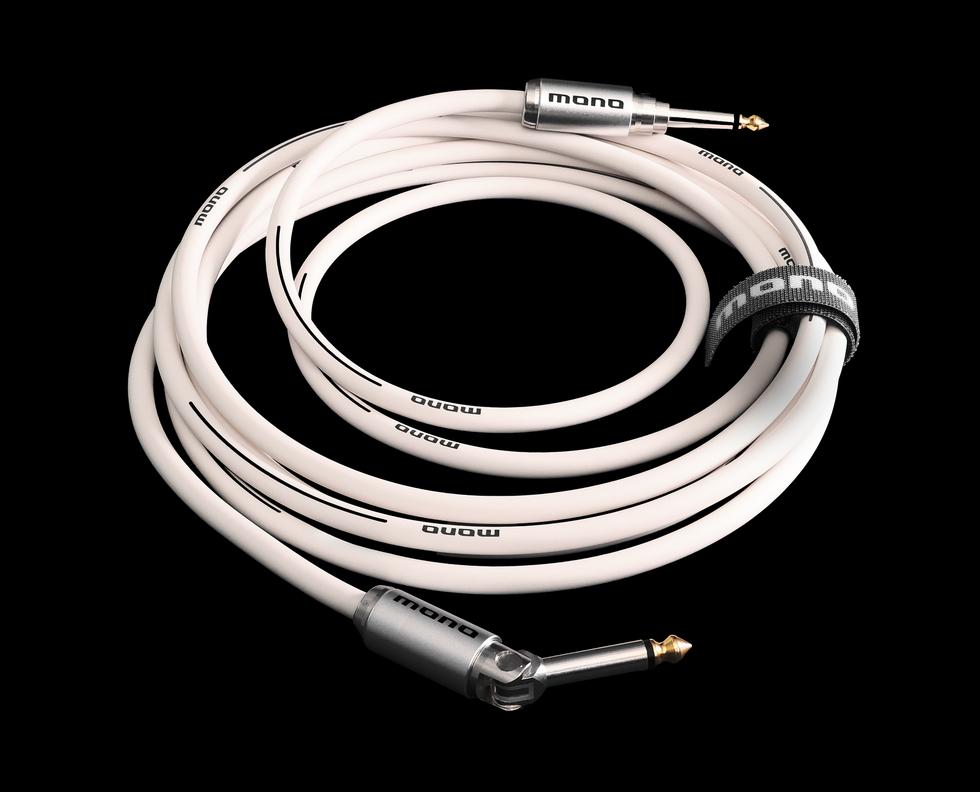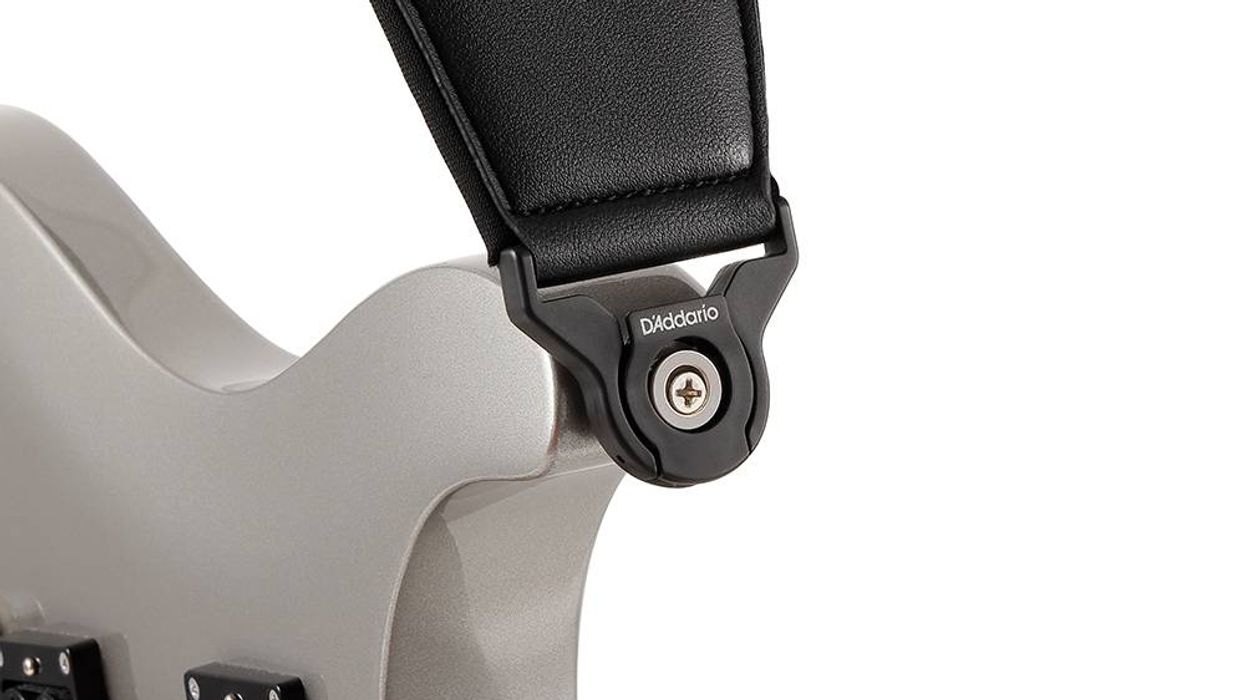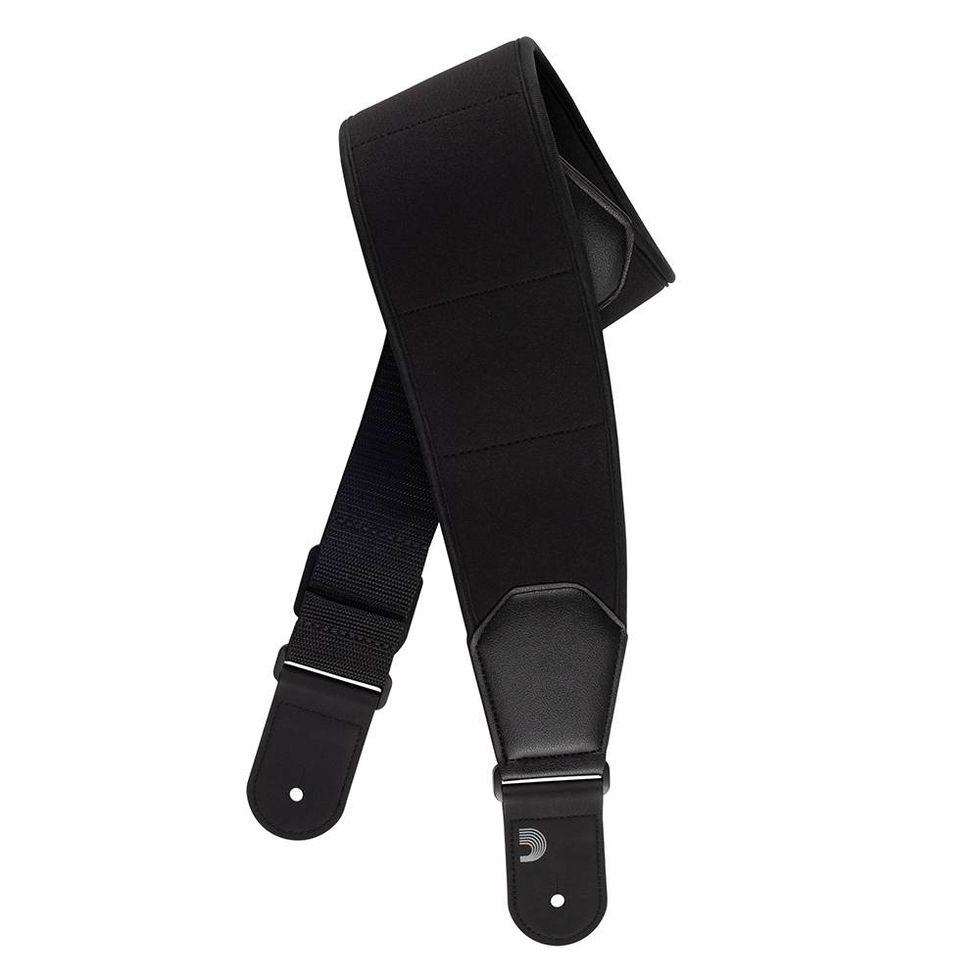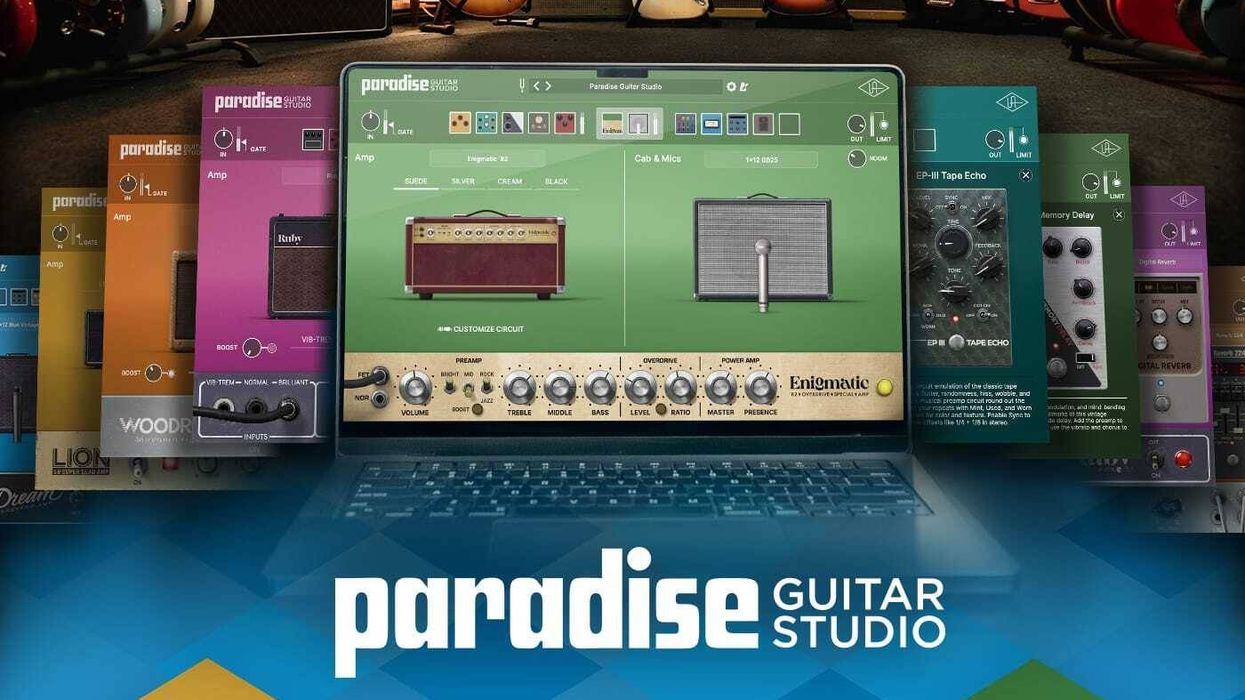When using low-output dynamic or passive ribbon microphones, a consistent struggle is the introduction of noise from external preamps. Consoles, mixing boards, interfaces, and other preamps can sometimes require the gain to be maxed out, amplifying unwanted noise and often still being too quiet in overall volume. The Hosa MPA-149 Mic Preamp provides an immediate 26dB’s of gain with an impressive -97dBu signal-to-noise ratio, giving users a very clean and immediate gain boost for louder, clearer microphone performance.
Many volume-boost solutions include more cables, electronics, and failure points, whereas the HosaMPA-149 simply connects directly into the microphone. This convenient solution makes it ideal for podcasters, streamers, public speakers, and gigging professionals relying on unpredictable venue preamps to power low-output ribbon or dynamic mics. The Hosa MPA-149 only needs a preamp supplying 48V phantom power but does not pass the phantom power onto the microphone.
The Hosa MPA-149 utilizes a discrete Class-A circuit design and selected FET circuitry to help achieve a clean signal path and low-noise operation. Its compact metal housing is designed to perform reliably in any circumstance, whether it’s standing up to harsh environmental changes, eccentric performances, or getting thrown in and out of gig bags on the road.
The new Hosa MPA-149 Mic Preamp is available at an MSRP of $127.45. Street pricing $88.95.
For more information, please visit hosatech.com.
